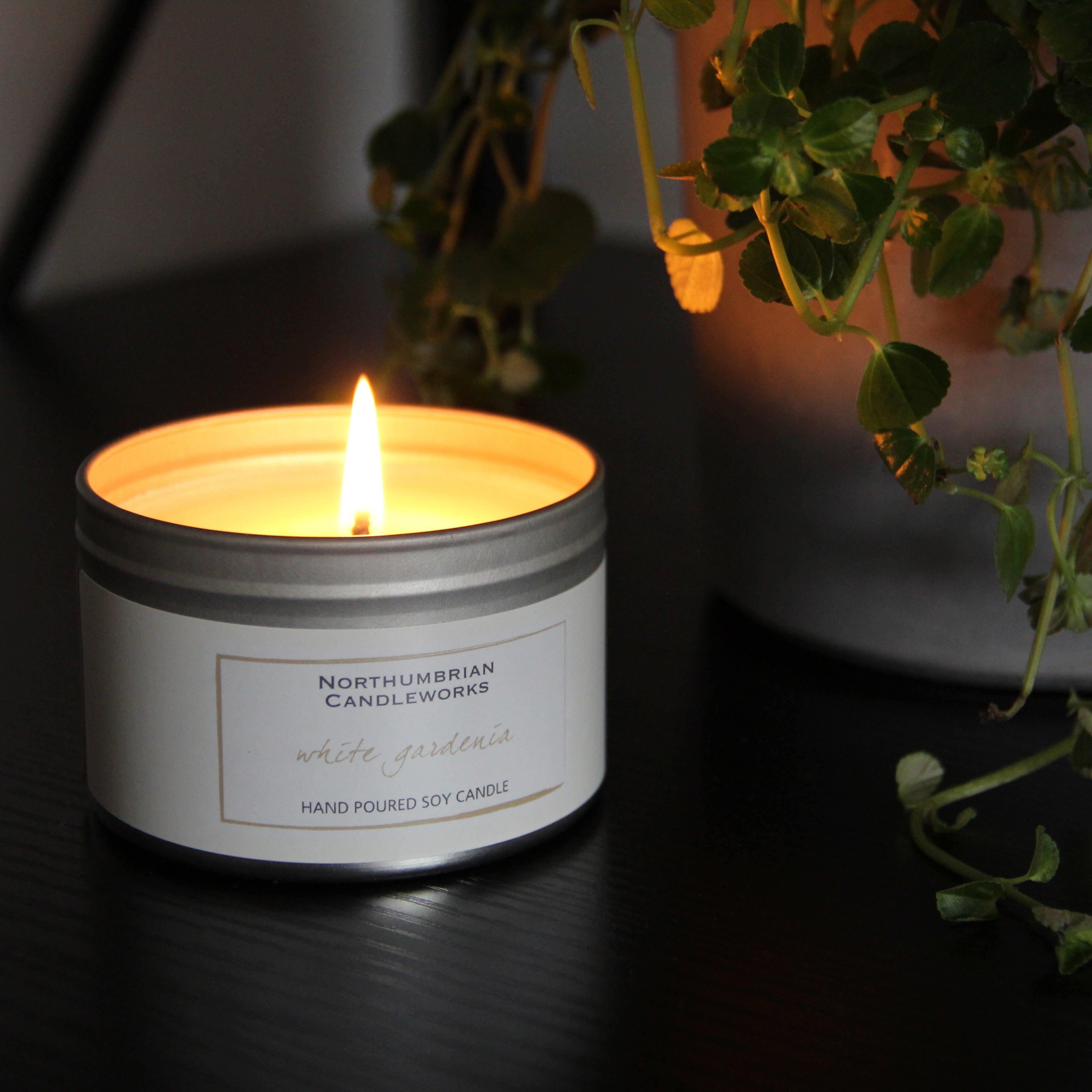Raise Your Space with Costs Soy Wax Candles and Home Fragrance
From Wick to Wax: Understanding the Chemistry Behind Soy Wax Candles and Their Environmental Effect
As we illuminate our areas with the warm glow of candle lights, there exists a realm of intricate chemistry behind the apparently straightforward act of lighting a soy wax candle. The choice in between soy and paraffin wax extends past simple appearances, diving right into the realm of ecological effect and the very structure of the products. Comprehending the molecular structure of soy wax and its combustion procedure loses light on the exhausts launched right into our environments. Join us as we unravel the scientific intricacies behind soy wax candles and explore their effects on our setting.
Soy Wax Vs. Paraffin Wax
When comparing soy wax and paraffin wax for candle light production, it is important to recognize the distinct features and benefits of each material. Soy wax is an all-natural, renewable energy originated from soybean oil, making it green and naturally degradable - soy candles. In contrast, paraffin wax is a byproduct of petroleum refining, which raises problems concerning its ecological impact and sustainability
Soy wax candle lights melt cleaner and send out less residue contrasted to paraffin wax candle lights, making them a much healthier choice for interior air quality. In addition, soy wax has a lower melting point, enabling a longer-lasting candle that disperses scent better. Paraffin wax, on the other hand, often tends to shed faster and much less easily, possibly releasing damaging chemicals right into the air.
From a sustainability viewpoint, soy wax is favored for its biodegradability and sustainable sourcing, aligning with the growing consumer preference for ecologically mindful products. While paraffin wax has been a standard option in candle light making due to its affordability and ease of use, the shift in the direction of environment-friendly choices like soy wax is gaining energy in the market.
Chemical Make-up of Soy Wax

Burning Process in Soy Candles
The chemical make-up of soy wax straight influences the burning process in soy candle lights, impacting factors such as shed time, fragrance launch, and environmental effect. When a soy candle is lit, the heat from the fire melts the wax near the wick. This fluid wax is then formulated the wick as a result of capillary action. As the liquid wax gets to the flame, it evaporates and undertakes combustion. The combustion process involves the vaporized hydrocarbons in the wax responding with oxygen airborne to generate warm, light, water vapor, and carbon dioxide.
The combustion performance of soy candles is influenced by the pureness of the why not check here soy wax and the high quality of the wick. In addition, soy wax candles have a lower ecological impact compared to paraffin candles due to their naturally degradable and renewable nature.

Environmental Advantages of Soy Wax

Considered a lasting option to conventional paraffin wax, soy wax offers remarkable environmental benefits that make it a preferred selection amongst eco-conscious customers. Soy wax burns cleaner and generates less residue than paraffin wax, adding to much better indoor air high quality and minimizing the need for cleansing and maintenance. In general, the ecological advantages of soy wax line up with the growing need for lasting and environment-friendly items in the market.
Recycling and Disposal Considerations
Recycling and appropriate disposal of soy wax candle lights play a critical duty in keeping environmental sustainability and reducing waste in houses and areas. The initial step is to make sure that the candle light has actually melted entirely when it comes to reusing soy wax candles. This can be accomplished by permitting the candle to melt up until the wick is no more usable, and after that letting the remaining wax cool and solidify. Once the wax has solidified, it can be carefully gotten rid of from the container.

In terms of disposal, if recycling is not a choice, soy wax candles are eco-friendly and can be securely taken care of in the majority of house waste systems. It is always advised to check with neighborhood recycling centers or waste administration services for details guidelines on candle light disposal to make sure proper handling and ecological defense.
Conclusion
In verdict, the chemistry behind soy wax candles exposes their environmental advantages over paraffin wax candle lights. Soy wax, stemmed from soybean oil, burns cleaner and generates less soot when compared to paraffin wax. The combustion process in soy candle lights is extra efficient, causing a longer and extra also burn. In addition, soy wax is eco-friendly and eco-friendly, making it an extra lasting selection for candle light production. Recycling and appropriate disposal of soy wax candle lights even more add to their ecological impact.
When comparing soy wax and paraffin wax for candle production, it is crucial to understand the distinct qualities and benefits of each product (soy candles).Soy wax candles melt cleaner and send out much less soot contrasted to paraffin wax candle lights, making them a much healthier that site choice for indoor air quality.Thought about a lasting choice to conventional paraffin wax, soy wax offers notable environmental benefits that make it a prominent selection amongst eco-conscious consumers. Soy wax burns cleaner and generates less soot than paraffin wax, adding to much better interior air high quality and reducing the need for cleansing and upkeep.In final thought, the chemistry behind soy wax candle lights reveals their ecological benefits over paraffin wax candle lights